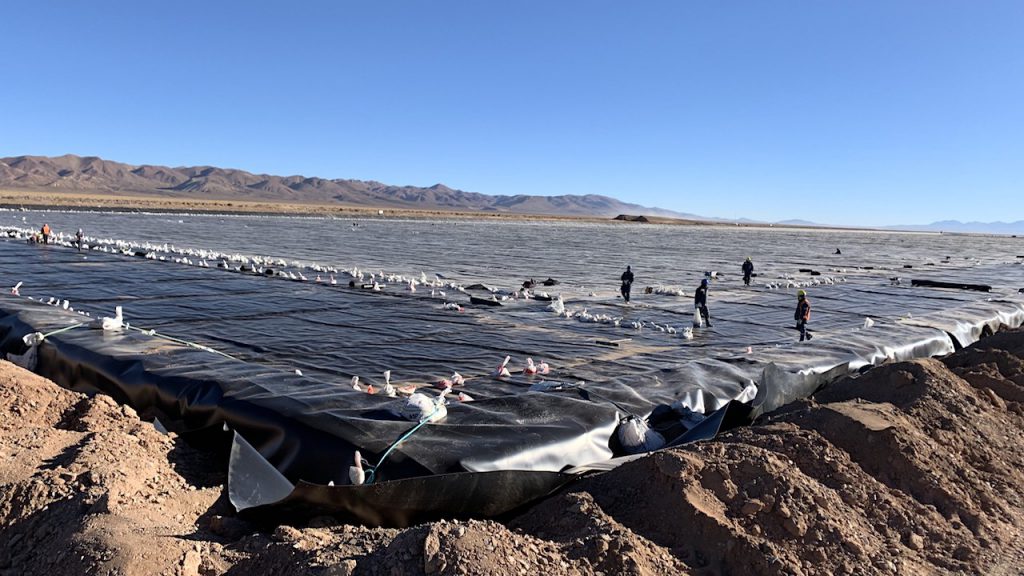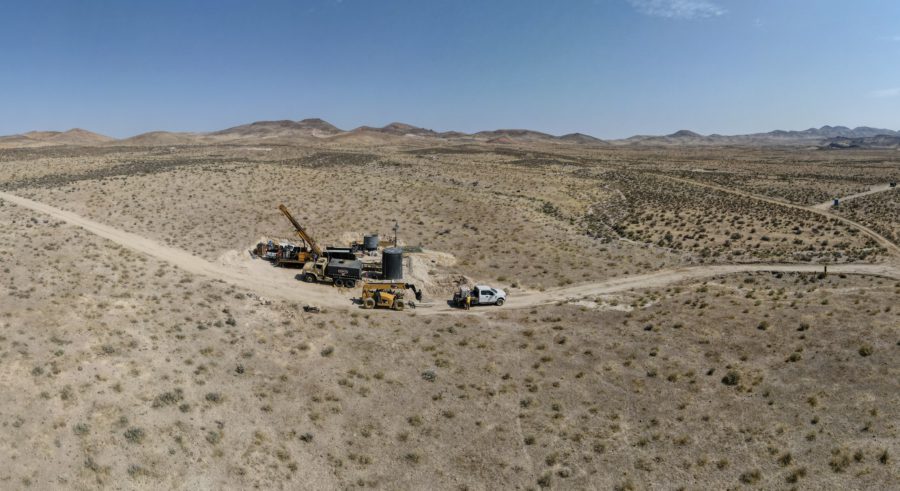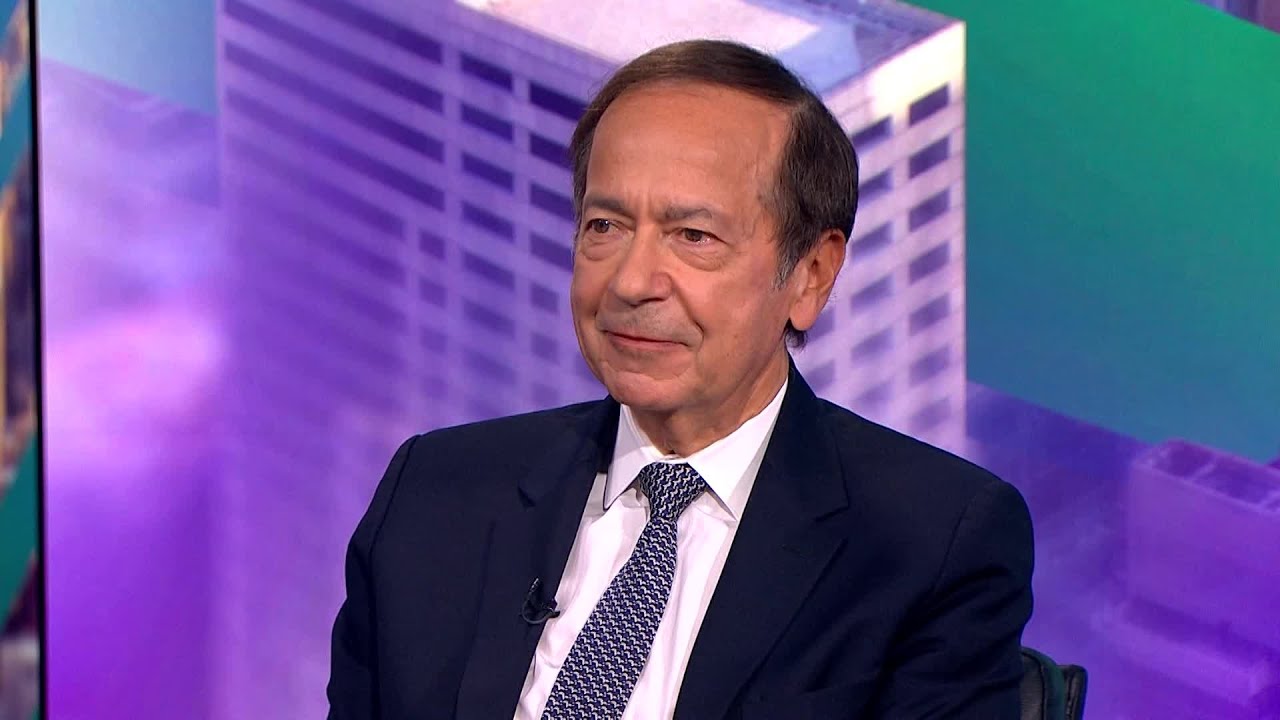Lithium Americas, Ganfeng to build larger-scale mine in Argentina

Lithium Americas (TSX: LAC) and venture partner Ganfeng Lithium are going ahead with a larger-scale operation at their Caucharí-Olaroz project in Argentina after a definitive feasibility study showed the project’s greater capacity.
The expanded project is now expected to produce 40,000 tonnes of battery-quality lithium carbonate annually for 40 years, up from the previously envisaged 25,000 tpa operation.
Capital cost increased by 33% to $565 million from $425 million, but it supports a 60% increase in lithium production capacity, the partners noted.
Caucharí-Olaroz is located in northern Argentina, bordering Chile and Bolivia, a region of South America known as the Lithium Triangle.
The Caucharí-Olaroz lithium project is now expected to produce 40,000 tonnes of battery-quality lithium carbonate annually for 40 years
Production at the project is expected to start by early 2021. Caucharí-Olaroz is technically overseen by Minera Exar S.A., a 50-50 joint venture between Lithium Americas and China- based Ganfeng. The company is one of the world’s top producers of the white metal, a key ingredient in rechargeable batteries, and a supplier of electric carmaker Tesla.
News of a larger lithium mine than originally anticipated comes amidst oversupply worries and cuts to subsidies for electric vehicles makers by China, the world’s largest consumer of the metal. Both factors have heavily weighed on prices, triggering reactions among global producers.
China’s Tianqi, one of the world’s main lithium miners, shelved plans last month to complete a A$300 million ($205m) second phase expansion at the world’s largest lithium hydroxide plant.
The announcement came on the heels of a decision in August with partner Albemarle (NYSE: ALB), the world’s No. 1 lithium miner, to postpone a planned expansion of their Greenbushes lithium project.
US-based Albemarle had also revised a deal to buy into Australia’s Mineral Resources’ (ASX: MIN) Wodgina lithium mine and delayed building 75,000 tonnes of processing capacity at Kemerton, also in Australia.
Weak market
Prices for lithium carbonate, the most common type used in EV batteries, doubled over 2016 and 2017. Since then, they have fallen by more than 40% over the past year, to around $9.25 per kg at the end of July.
Besides Caucharí-Olaroz, Argentina has another two lithium projects consolidated and in production — NRG Metals’ Hombre Muerto in Catamarca province and Orocobre’s Olaroz in Jujuy. A further 23 exploration projects are advancing to production.
According to a report by the Inter-American Development Bank (IDB), the country has 13% of the global lithium reserves, while annual production currently stands at 30,400 tonnes.
Map of major producing mines and mine development projects of minerals used in Lithium Ion Batteries. Commodities include Lithium, Graphite and Cobalt. Map includes locations of 240+ producing mines, 45 development projects, 110+ projects in economic assessment, and 40 suspended mines.
The South American nation is the world’s third biggest lithium producer, hosting 25% of the resources in the lithium triangle.
Argentina needs foreign investment and jobs that properly run and managed mining projects could bring in. The country is facing an economic crisis, with the central bank recently hiking interest rates to ease inflation and save the Argentinean peso, the worst-performing currency in emerging markets.
More News
{{ commodity.name }}
{{ post.title }}
{{ post.date }}



Comments